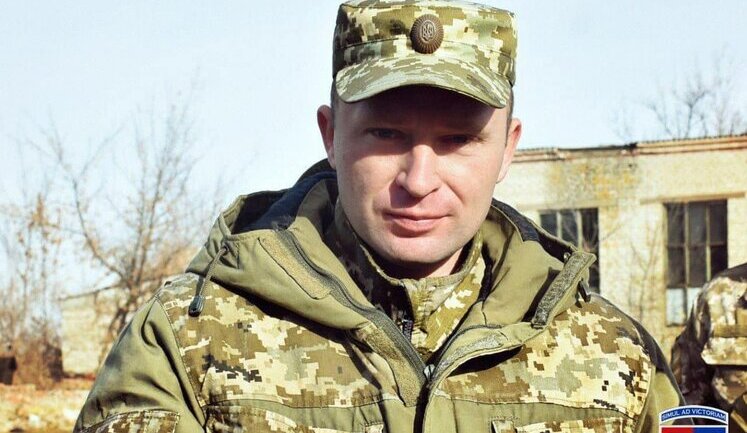The conflict in the Khortytsia region remains heated, with operations concentrating around Pokrovsk and Novopavlivka. Russian forces persist in their attempts to advance, notably targeting strategic points such as Popovy Yar and Volodymyrivka. Despite the continuous pressure, Ukrainian forces hold resiliently, repelling numerous assaults. The enemy is noted for employing numerical superiority in Pokrovsk and focusing significant forces in Novopavlivka. The defense in these sectors remains robust, mitigating enemy gains and inflicting notable losses on Russian troops. Over recent engagements, efforts to penetrate defensive lines have led to substantial enemy casualties. The Ukrainian Defense Forces continue to strategically counteract assaults, leveraging their position to contain the adversary's progress.
What areas are currently seeing the most intense fighting?
The most intense fighting is located in the Pokrovsk and Novopavlivka directions. In these areas, Russian forces have concentrated their efforts with significant aggression, attempting to overwhelm with numerical superiority. However, Ukrainian forces stand firm and continue to thwart these advances.
What is the role of Khortytsia OSGT in the current conflict?
The Khortytsia Operational and Strategic Group of Troops plays a crucial role in defending key sectors against assaulting Russian forces. They are actively engaged in counteracting offensives in Pokrovsk and other critical fronts, maintaining a stronghold and inflicting significant losses on the enemy.
How are defense forces responding to enemy advances?
Defense forces are responding to enemy advances decisively by holding the line, employing tactical countermeasures, and using artillery and drones effectively. Continuous operations are underway to minimize enemy threats, preserve strategic positions, and ensure the protection of crucial areas.
Why is Russian activity increasing in the Novopavlivka direction?
Russian forces have intensified their activity in the Novopavlivka direction as part of their broader campaign to regain strategic advantage in the region. This increased activity is driven by their goals to breach defensive positions and secure more territory, despite facing staunch resistance and suffering considerable losses.
What are the current operational goals of the enemy in the Khortytsia region?
The current operational goals of the enemy in the Khortytsia region include breaching Ukrainian defenses, capturing strategic towns, and securing pathways to advance further into contested territories. Despite their concerted efforts, these goals are continually being obstructed by resilient Ukrainian defense operations.
Are there any recent successes reported by Ukrainian forces?
Yes, recent successes by Ukrainian forces include repelling multiple enemy assaults across various directions, notably in Pokrovsk and Novopavlivka. They have successfully held their ground and inflicted significant losses on the enemy, thwarting attempts to encircle strategic locations like Kostiantynivka.


























































